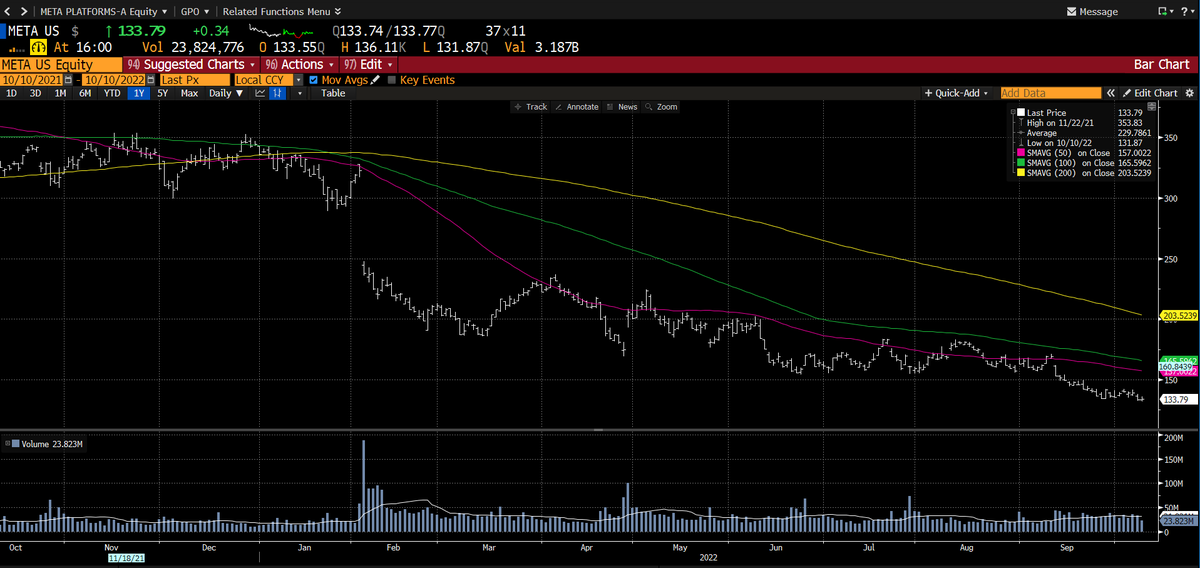
(1/8) At the beginning of the year we highlighted #consumerstaples as a sector that should outperform at this stage of the business cycle. Pepsi $PEP is the latest example with their Q3 earnings report this morning...
https://twitter.com/RadnorCapital/status/1517900567120596993
(2/8) Remember, people tend to demand consumer staples at a relatively constant level, regardless of price.
The “staple” characteristic in an inflationary environment allows these companies to grow revenue and earnings, even with flat volumes.
The “staple” characteristic in an inflationary environment allows these companies to grow revenue and earnings, even with flat volumes.
(3/8) A few notes from the Pepsi Q3 earnings release: beat on top (revenue) and bottom line (profit), grew EPS (earnings per share) 14% (includes currency headwind)…
(4/8) …raised full year guidance for organic revenue growth (excludes M&A, which staples companies do a lot of) to 12% (from 10% previously).
(5/8) The strong organic revenue growth was broad-based with North America and international markets each delivering 16% growth for the quarter.
(6/8) By product type, both snacks (+20%) and beverages (+12%) delivered double-digit growth – a sequential acceleration for each segment.
Personally, we love snacks.
Personally, we love snacks.
(7/8) Gross margin contracted by 20bps due to continued inflationary pressures.
Price/cost dynamics take time to normalize. Meaning the price a company sells a product for often takes time to catch up to the price they paid to make it.
Price/cost dynamics take time to normalize. Meaning the price a company sells a product for often takes time to catch up to the price they paid to make it.
(8/8) At this point in the earnings season, we are always looking for read throughs to related businesses that report later on – and this is certainly a positive read through on expectations for the broad non-alcoholic beverage sector.
$KO $NESN $MNST etc.
$KO $NESN $MNST etc.
• • •
Missing some Tweet in this thread? You can try to
force a refresh





